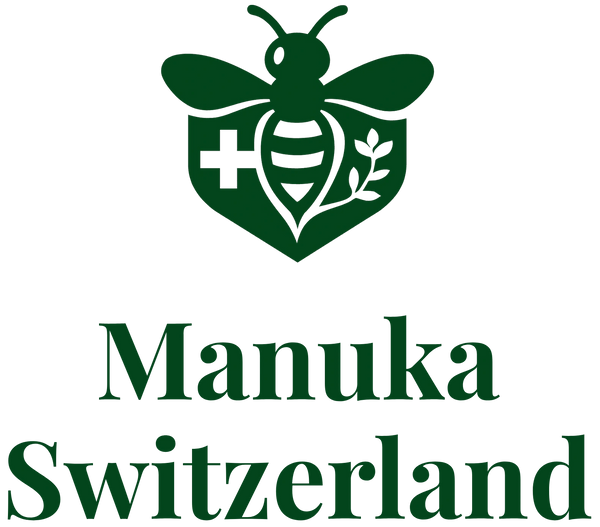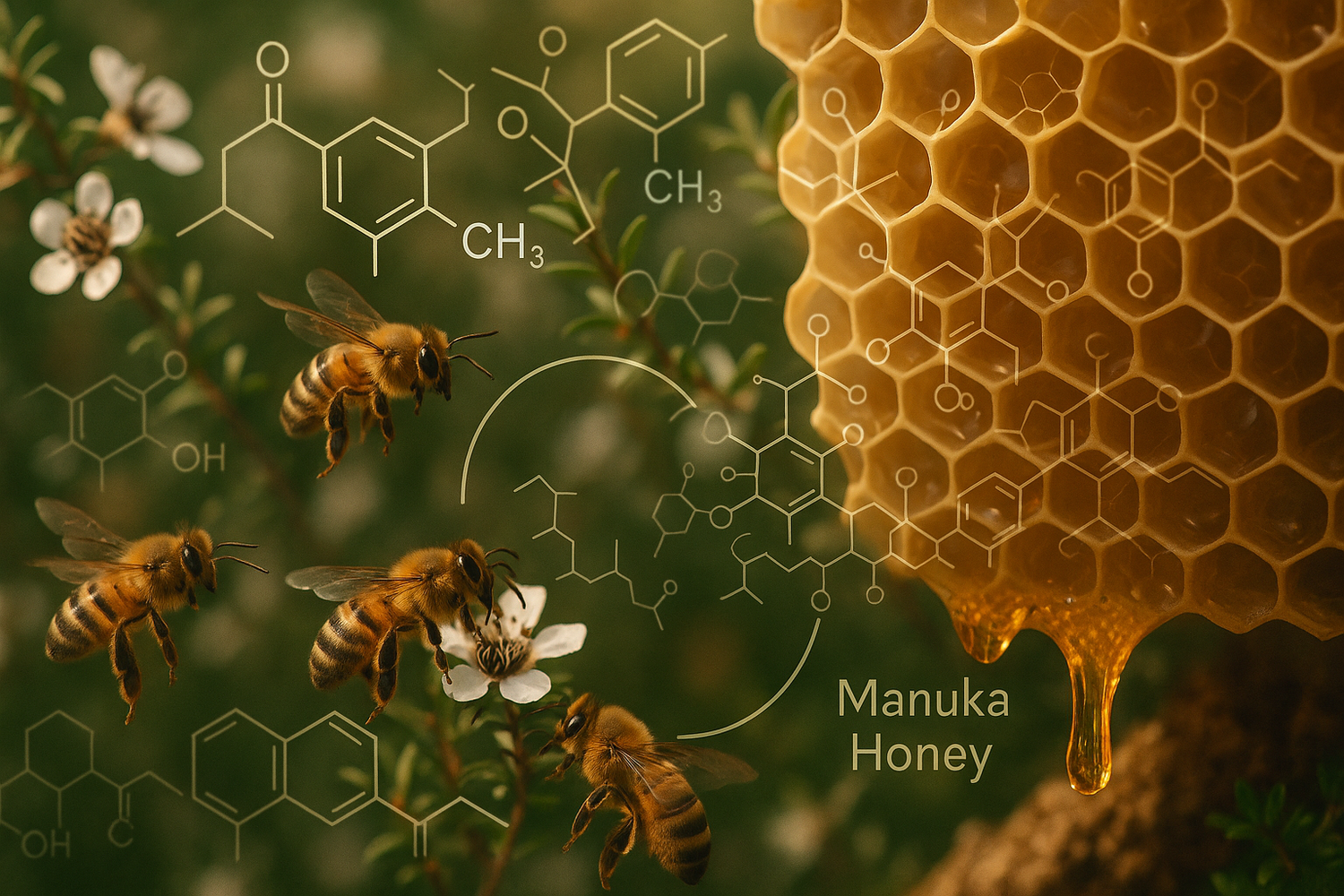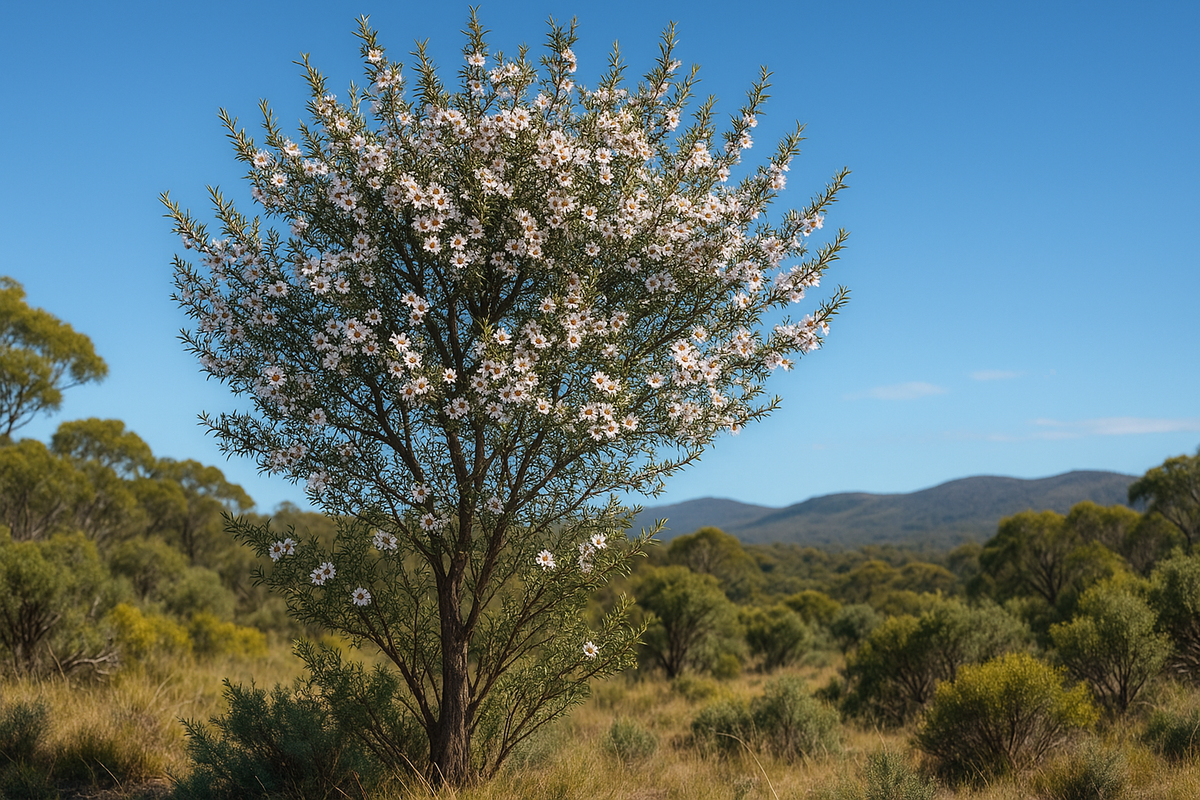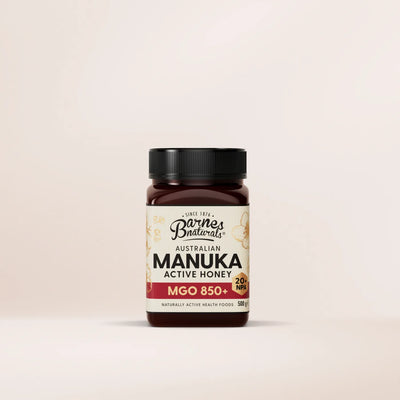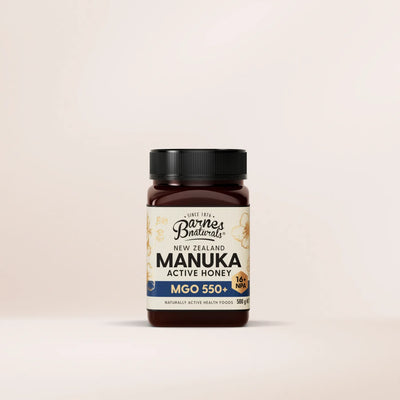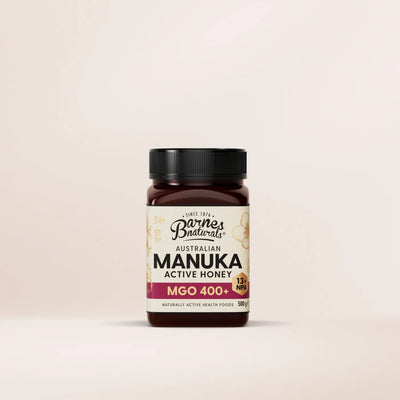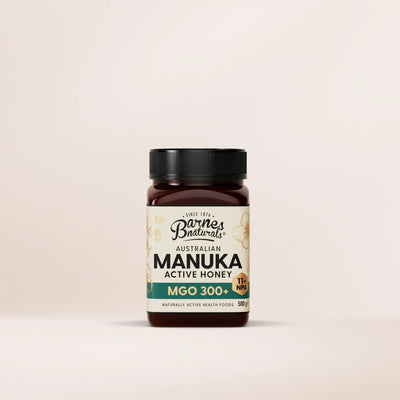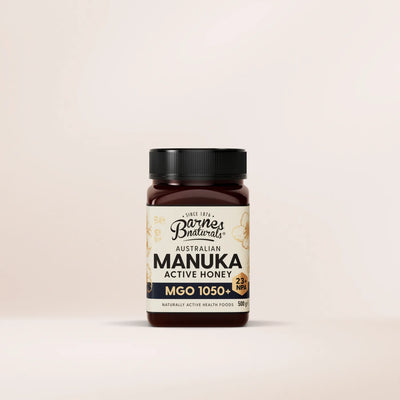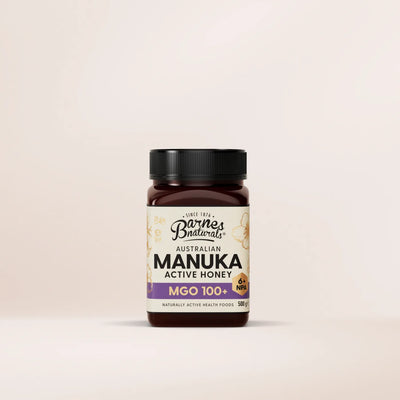A special kind of honey
Manuka honey is a truly special kind of honey made by bees that collect nectar from the Manuka tree, scientifically named Leptospermum scoparium.
This shrub or small tree grows naturally in Australia and New Zealand, flourishing in wild, untouched landscapes.
The Manuka tree blooms for a very short period each year, typically 4 to 6 weeks, giving bees just a brief window to gather its unique nectar.
What is MGO beneficial for?
MGO is responsible for many of Manuka honey’s well-known antibacterial properties.
This natural antibacterial activity means Manuka honey can inhibit harmful bacteria growth, making it valuable not only as a delicious food but also for supporting wound healing, skin care, and immune health.
What research shows about manuka honey
Research shows that higher MGO levels in Manuka honey correspond to stronger antibacterial effects. The MGO content varies based on factors like where the honey is produced, soil conditions, and the environment around the hives.
This is why each batch is tested and labelled with its MGO level, helping you choose the honey that suits your needs, from daily wellness to more targeted support.
Apart from MGO, Manuka honey contains other unique compounds, such as dihydroxyacetone (DHA), which is found in the nectar and is a precursor to MGO, and leptosperin, a plant compound linked with anti-inflammatory traits.
About the Manuka tree
The Manuka tree belongs to the myrtle family, Myrtaceae, and is related to other tea trees known for their essential oils.
It is valued not only for honey production but also for its role in regenerating forests and supporting biodiversity in its native environment.
Manuka honey is a natural, bioactive superfood, prized for its unique origin from the Manuka flower and its remarkable content of methylglyoxal (MGO).
This makes it a delicious and scientifically supported choice for those seeking natural antibacterial, anti-inflammatory, and skin-soothing properties in their honey.
